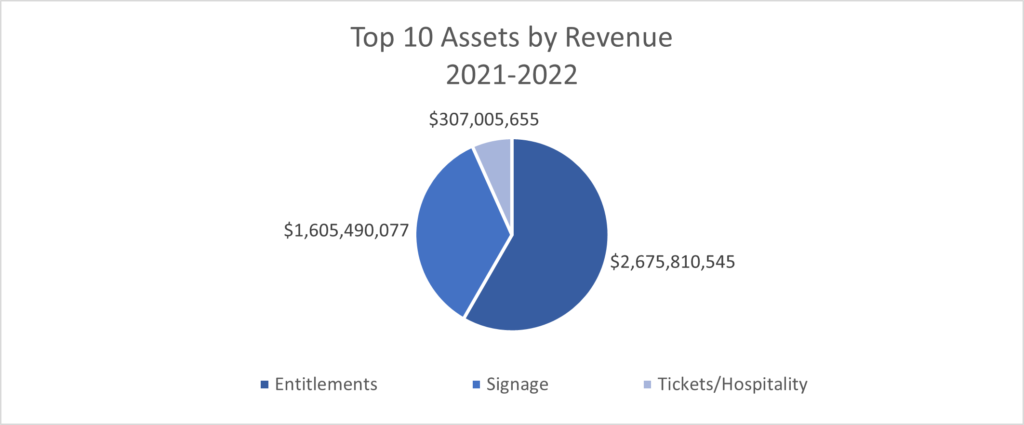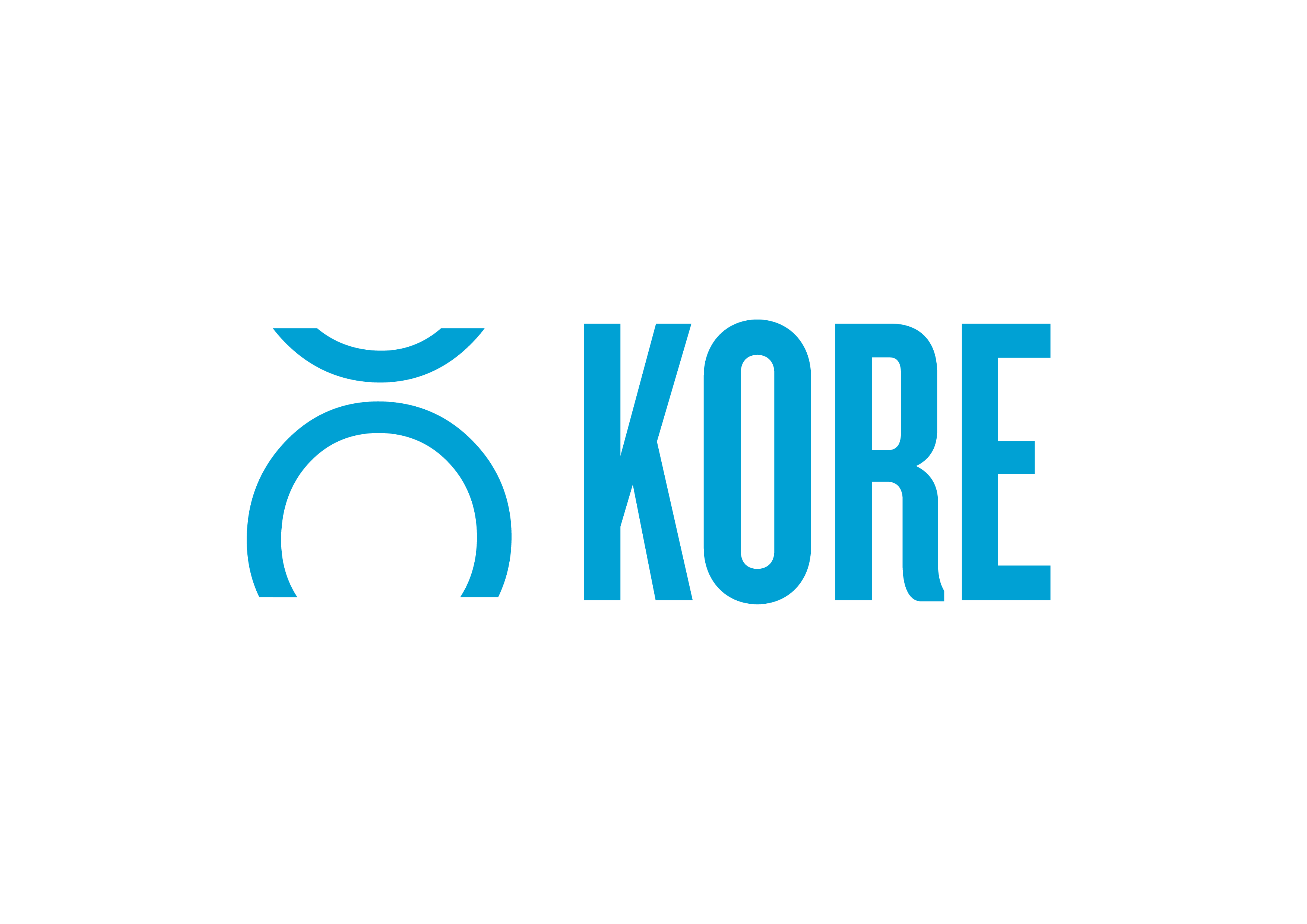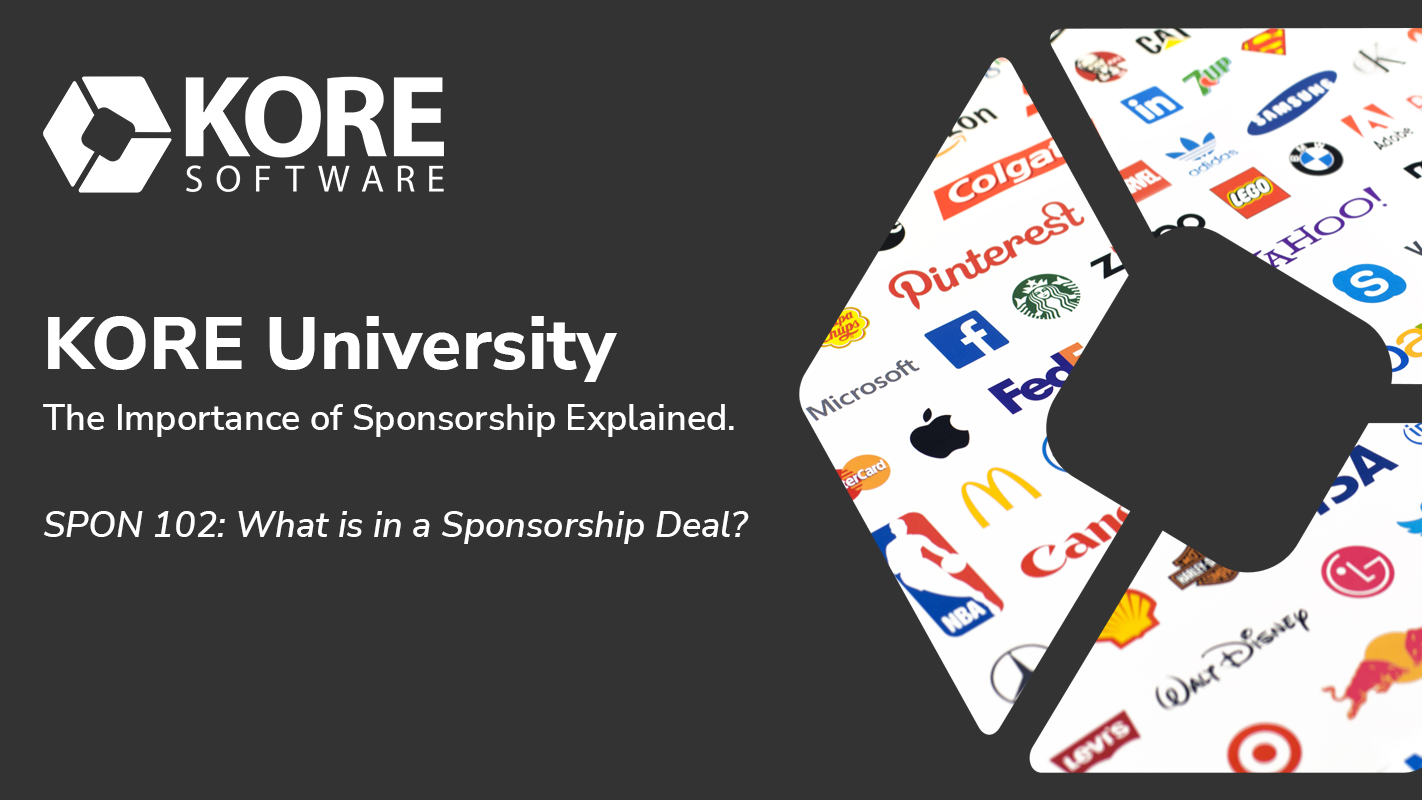If you work in sponsorship, marketing, brand, sports, media, or a similar role, then our sponsorship series is for you. Come along as our sponsorship product expert, Patrick Westbrook, guides you through the basics of what sponsorship is. With more than 6 years in the industry, he explains why sponsorship is important and how to maximize your organization’s return on spend. Jump into this unique series at any point, but each post is designed to build your knowledge, ultimately helping you understand how to leverage sponsorship opportunities effectively for your organization.
The first post in this series introduced the basics of sponsorship and why it’s so important to the organizations that use them and to the brands that buy them. Here, you’ll learn what a sponsorship deal looks like and common types of sponsorship.
Assets in Sponsorship
Sponsorships are a unique collection of assets, as we now know. Each one can be different not only by their objectives but also by the product mix used to achieve those goals.
Sponsorship deals are made up of things we aptly call assets. Sponsorship assets are useful or valuable items an organization has available in their inventory to carry out messaging. Assets can be physical such as a billboard, time based like a radio ad, or virtual such as a website banner. As technology and consumer preferences change, assets evolve to meet demand. With innovations such as social media, NFTs, and more, digital, and virtual assets are much more commonplace. Whether the assets be physical, digital, time, or any other type, each should contribute to the objectives identified in creating the deal.
Common Assets
While assets vary across deals, the following are the top 10 assets by revenue according to our research.

- Entitlements include title & presenting sponsor of an event or jersey, venue naming rights, and rights and designations
- Signage includes static and LED at the playing surface level and in-bowl
- Tickets/hospitality include premium seating in certain sections, suites, or seasons.
While these might be the more recognized assets across deals, sponsorships are often built using unique assets for specific outcomes or objectives. Our previous blog explained how a unique marketing deal typically has associated objectives. These objectives might center around brand awareness and recognition with the end goal to lift sales. For example, Miller Lite is the official beer sponsor of the Dallas Cowboys. Miller Lite competes with other products, such as Bud Light which typically is the number one selling beer. To help Miller Lite grow their brand, and hopefully sales to dethrone Bud Light, they sought out a deal with the Cowboys who has one of the largest fan bases globally. Fans are likely to think good things about the brands that associate with their favorite teams, so for Miller Lite, this deal was strategic to get the “good vibes” with such a large fan base.
Unique Sponsorship Assets
Let’s examine the TXU Power Play for the Dallas Stars (NHL). Since opening in 2001, TXU Energy has been the official energy provider of the American Airlines Center, home of the Dallas Mavericks NBA team and Dallas Stars NHL team. As a prominent energy provider, TXU brands themselves through a specific moment in hockey games, specifically the “power play.” Unique creations can create not only valuable assets for the future, but also help brands become more recognizable for the fans. Much like what we see with associating Hockey’s Power Play with an energy company.
Outside of unique or common assets, we must nod to one of the biggest-ticket assets: naming rights; entertainment venues. It’s become the norm for a stadium like Busch Stadium in St. Louis, or Citi Field in New York to carry corporate names as part of a major sponsorship deal There are exceptions to this when maintaining tradition is a priority, like Yankee Stadium. These instances are significantly less common, but arguably more iconic. The history of naming rights can be traced back to 1912 with Fenway Park. When the stadium opened in the Fenway neighborhood, the building’s owner (John Taylor) claimed the name was influenced by the area, but he also had a realty company named Fenway.
Types of Sponsorships
Two of the most common types of sponsorship in the sports & entertainment space fall under financial and in-kind. Each of these types influence the way a buyer will pay for the assets.
- Financial: Financial sponsorships are straightforward transactions. The seller will list out relevant assets with prices and legal verbiage and the buyer will pay the seller according to a stated cadence; up-front, annually, or other payment schedules agreed upon between the two parties.
- In-kind: In-kind sponsorships can become much more creative transactions. In this scenario, the buyer will trade goods or services of their own that have equivalent value to the assets the seller has. For how simple or complex sponsorship deals can be, the idea of traditional bartering has not been lost.
In-kind partnerships are often associated with something the team can physically use or consume. Travel and accommodation partners will often exchange their logistics and operations for partnership value with a team. Another example would be IT related companies, such as Microsoft, providing computers/tablets to be used by various teams.
Summary
Up to this point, we should have a firm understanding of what makes up a sponsorship deal. When dealing with asset mixes, it is important to not fit you or your organization into a box of what to sell. Think about the discussions you are in with your buyer or seller and what you both need to achieve. Be creative and plan unique assets for a partner, and most importantly how it will help you both achieve your objectives. You never know if what you create can be the next “naming rights” level asset.
Up Next
We will look at the department structures, roles, and other personnel involved in the sponsorship process, so that everyone that needs to team up can work together to reach the established business objectives for a solid sponsorship deal.

KORE is the global leader in engagement marketing solutions, serving more than 200 professional teams and 850+ sports and entertainment properties worldwide, providing practical tools and services to harness customer data, facilitate sponsorship sales and activation, and create actionable insights.




